 |
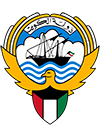 |
 |
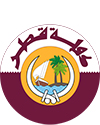 |
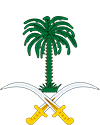 |
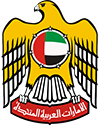 |
The UAE has the second largest economy in the GCC and also the Arab world (after Saudi Arabia). In 2017 its GDP was USD 377bn — at least a third of the GDP results from oil revenues. In per capita terms, Emiratis (nationals of the UAE) are among the richest in the world.
Non-oil growth is estimated to remain resilient in 2017 while OPEC-mandated oil production cuts limit oil growth. However, in the medium term firmer oil prices, a rebound in global trade and easing of fiscal consolidation are expected to strengthen economic activity, especially as investments ramp up ahead of Dubai’s Expo 2020. This rebound is faced with several downside risks including lower oil prices and tighter global financial conditions.
Overall real GDP growth is estimated to further moderate to 1.4 percent in 2017, down from 3 percent in 2016. Hydrocarbon GDP growth is estimated to contract by 2.9 percent in 2017 from 3.8 percent in 2016 in compliance with the OPEC agreement to cut supply. The non-oil sector is estimated to grow by 3.3 percent in 2017 reflecting higher public investment and a pickup in global trade. The average rate of inflation increased slightly to 2.2 percent in 2017 from 1.6 percent in 2016 partly reflecting utility and gasoline price adjustments, and higher imported inflation, in addition to an uptick in activity. The current account surplus is expected to improve to 2.6 percent of GDP this year mainly owing to rising non-oil exports.
Fiscal consolidation efforts in the emirates began in 2015 and continued at a slower pace in 2016. Electricity and water tariffs were increased, fuel subsidies were removed, and capital transfers to Government Related Entities (GREs) were reduced. Despite these measures, the decline in hydrocarbon revenues has pushed the consolidated fiscal balance down from a comfortable surplus of 10.4 percent of GDP in 2013 to 4.3 percent deficit in 2016. The deficit was financed through withdrawals from the sovereign wealth funds, bank borrowing and, increasingly, by foreign capital raising.
More recently the scaling back of capital transfers to GREs bore the brunt of spending cuts. The decline in hydrocarbon revenues was partially offset by increased dividends from GREs and higher fees. For example, Dubai increased parking fees and introduced fees for hotels and airport passengers. Abu Dhabi introduced a 4 percent municipality fee on hotel bills and a 3 percent municipality fee on the annual value of expatriates’ rental contracts. This is expected to improve the fiscal deficit slightly to 3.2 percent of GDP in 2017. The current account surplus also fell from 19.1 percent of GDP in 2013 to an estimated 2.6 percent of GDP in 2017 owing to rising non-oil exports.
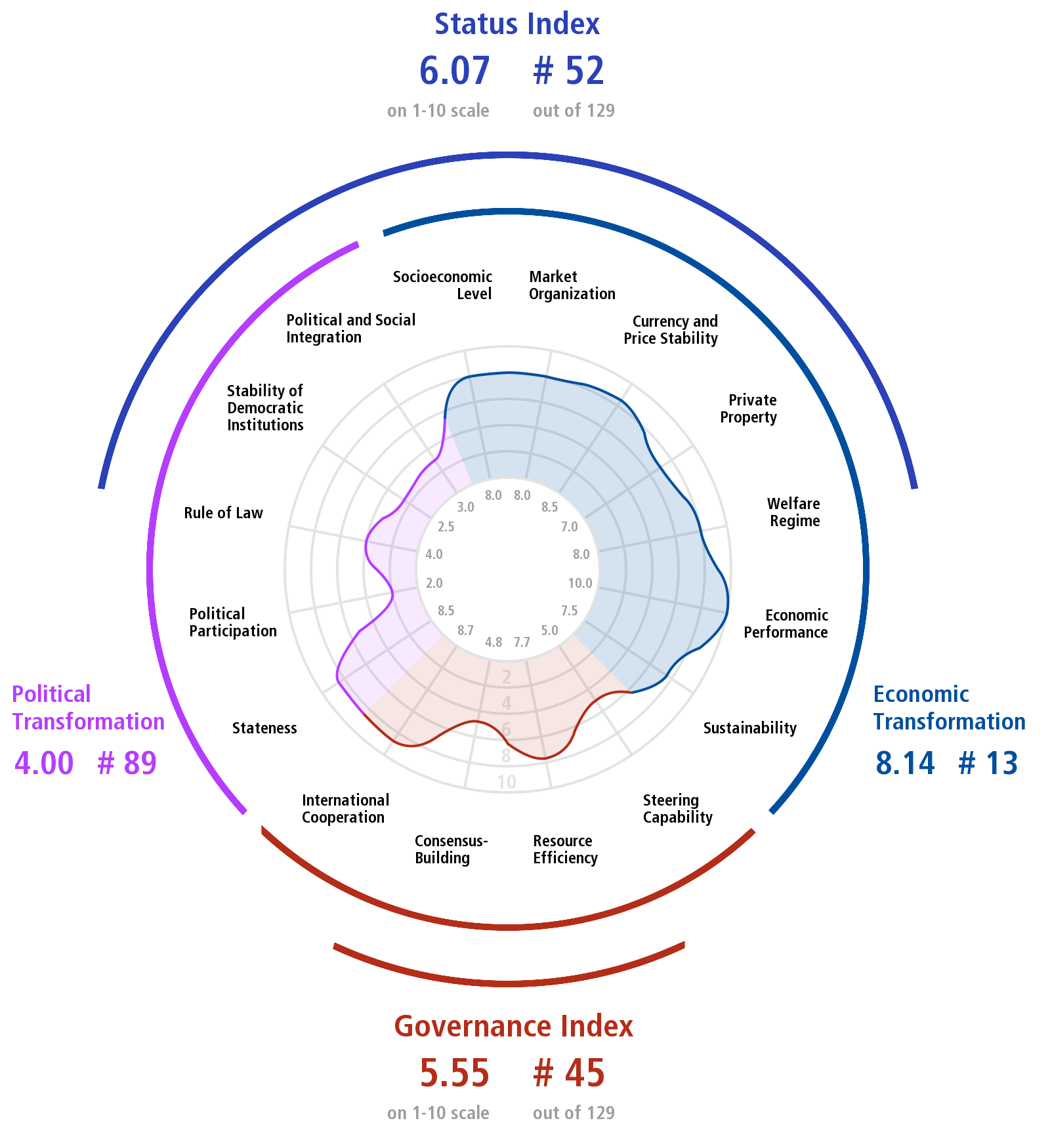
Note: Country profile information is compiled, unless otherwise stated, from the following sources:




| This website is maintained by Dr Emilie J. Rutledge, an Associate Professor of Economics and author of Monetary Union in the Gulf: Prospects for a Single Currency in the Arabian Peninsula. Emilie has developed a number of undergraduate and postgraduate courses that specifically cover the economic and sociopolitical trajectories of the six Gulf economies. Her present research interests are the Arabian Gulf’s labour market dynamics and economic diversification endeavours. Résumé Publications Consultancy |
